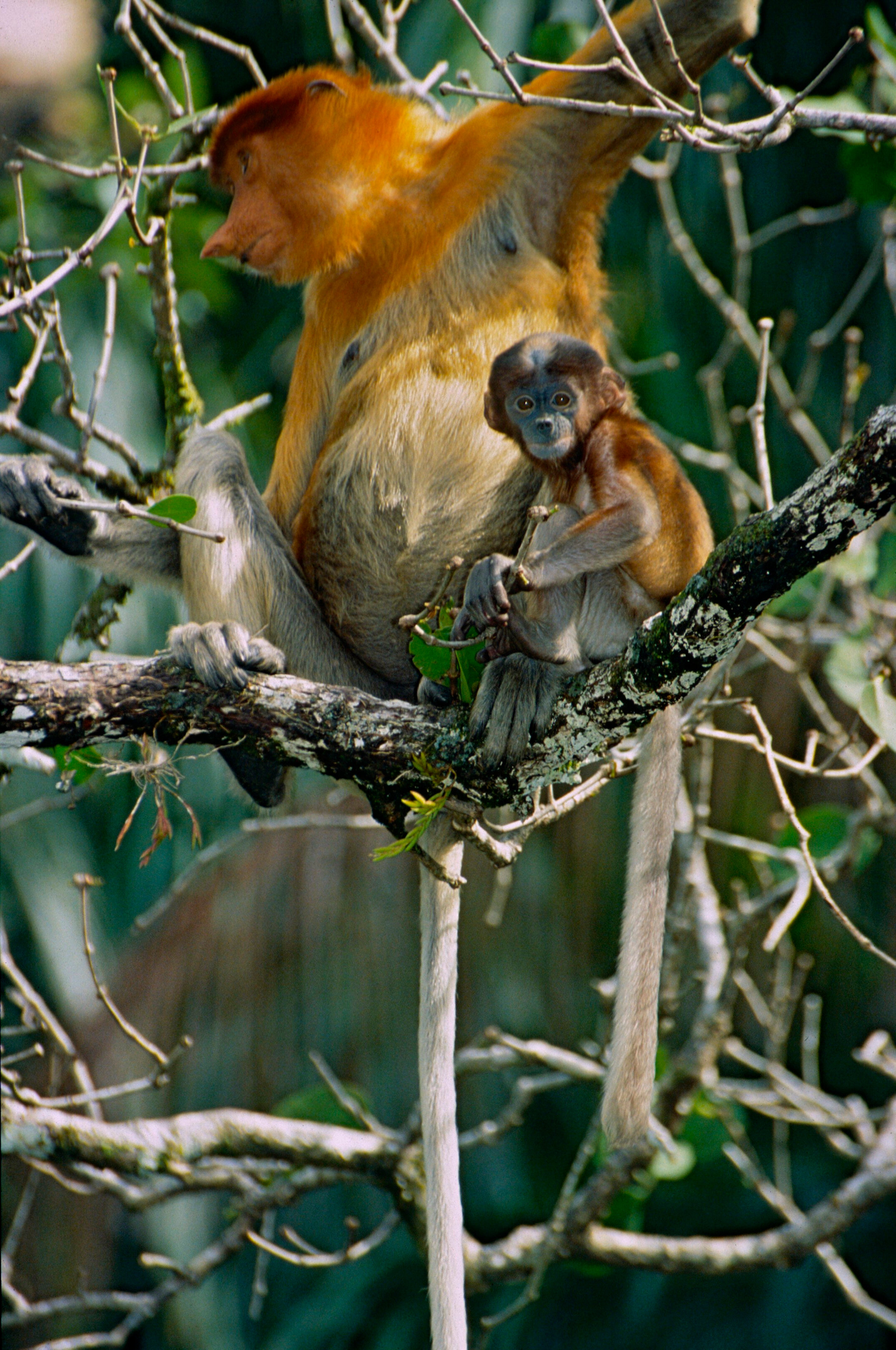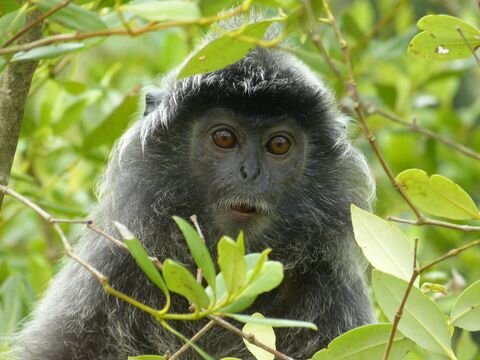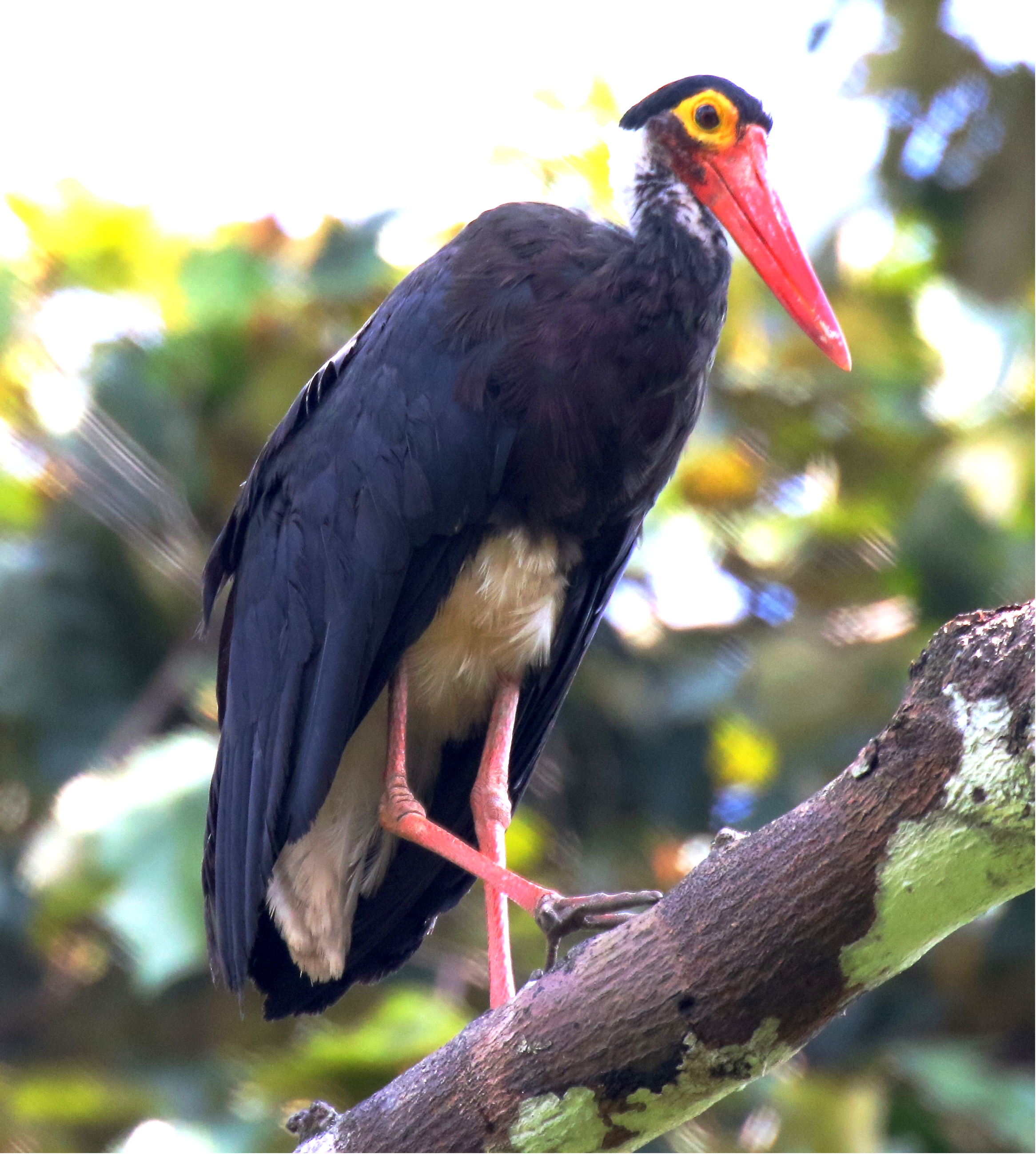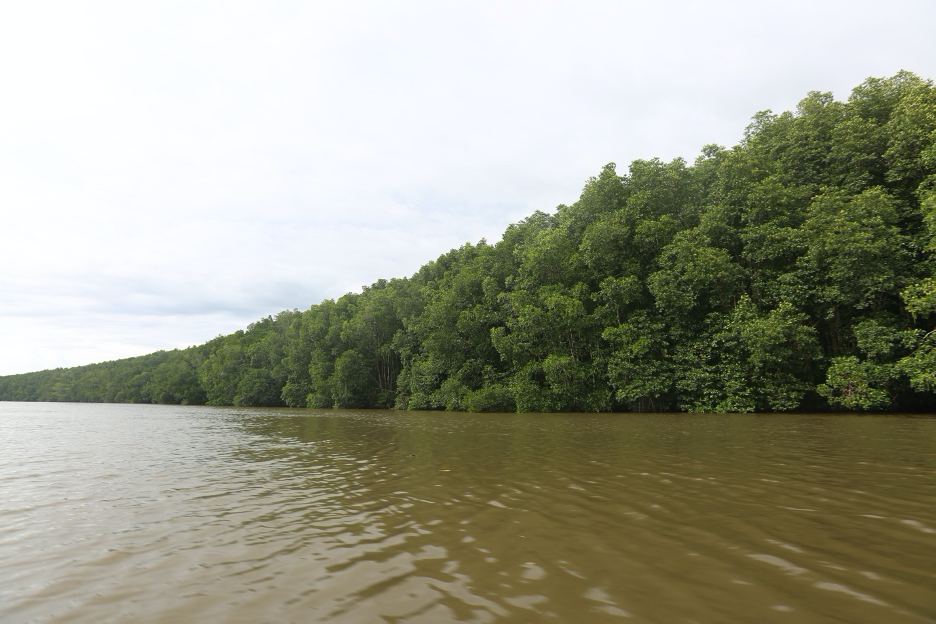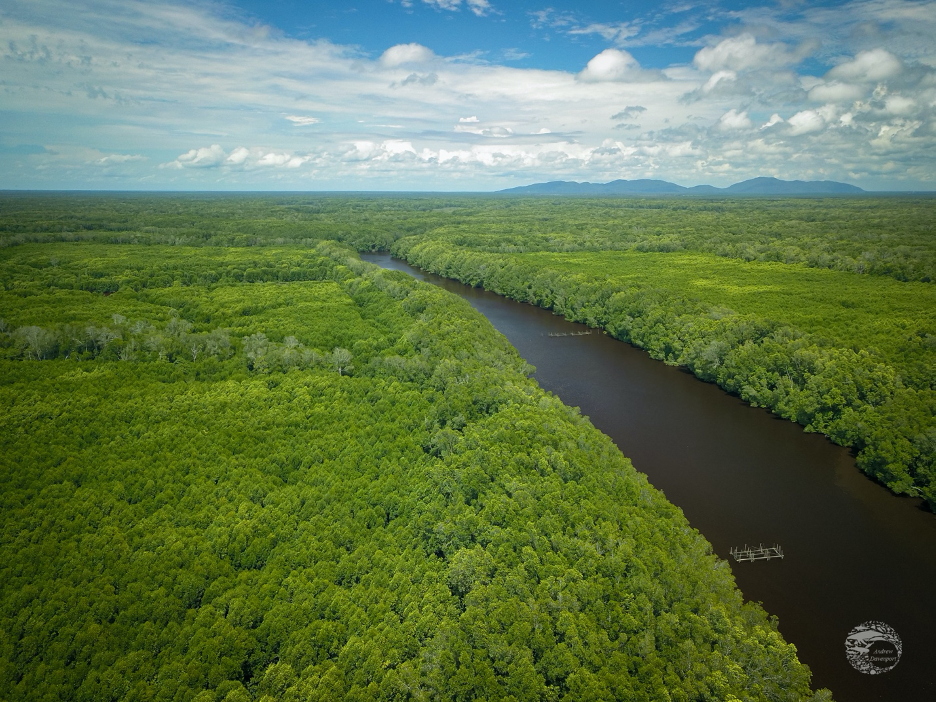
DabOng MANGROVES
The VILLAGE OF DABONG IS PROTECTING A SIGNIFICANT PORTION OF THE KUBU RAYA mangroves, WHICH are precious to local communities who rely on them for honey, fruits, mud-crab, fish, shrimp, and shells.
Unfortunately, in recent years the villages managing this mangrove forests have witnessed a collapse in fish, crab and shrimp stocks. The villagers identified the drivers of this collapse: a lack of sustainable and coordinated management plans between the villages was leading to illegal logging, mangrove clearance for palm oil and aquaculture development, over-fishing and an influx of migrant fisherfolk. All these factors set the stage for a resource grab competition both between the villages and with outsiders.
To stop this decline, in 2017 the villages and a local NGO, Planet Indonesia, began collaborating to secure management rights and tenure over 6,400 ha of their surrounding peat mangrove forests along with the lacework of rivers between the trees. Dabong Village protects 2,849 hectares of this area, thanks to FCF support.
Grantee Team
Planet Indonesia is an Indonesian non-profit dedicated to conserving at-risk ecosystems through community-led partnerships and aiming to create incentives for local forest stewardship. Planet Indonesia have been supporting Dabong to develop annual work plans, evaluations, and mangrove management and sustainable use activities. Planet Indonesia has been working in the surrounding landscape since 2016.
Biodiversity and conservation values
Dabong Mangroves are home to a number of endangered species such as the Proboscis Monkey (Nasalis larvatus), Irrawaddy dolphin (Orcaella brevirostris) and Storm’s stork (Ciconia stormi).
Vulnerable species that make the area home include the Indo-Pacific Humpback dolphin (Sousa chinensis), Silvery Lutung monkey (Trachypithecus cristatus), and the Lesser Adjutant (Leptoptilos javanicus).
Living so close to nature and the elements, the villagers are also keenly aware of the importance of mangroves both for their livelihoods and storm protection, and of course the peat soils of the area make it a critical carbon stock.
Threats
In addition to the unplanned and uncoordinated management of the mangroves and fish stocks, a palm oil company is also threatening to clear village forests and has attempted to gain illegal tenure over village farmlands and over 600 ha of the mangrove.
Project Activities
Together, the villagers and Planet Indonesia are establishing Conservation Cooperatives to:
Manage mangrove conservation: restoring 15 hectares of abandoned aquaculture ponds and monitoring biodiversity and human activities
Manage sustainable fisheries: Managing and enforcing periodic, 3-6 month fishing ground and mangrove closures and fishing gear restrictions to allow for fishery regeneration particularly of fast-recovering species like the valuable mud crabs
Diversify livelihoods: running an inclusive savings and loans program
Improve access to health: through a Healthy Family Initiative model working with government health offices and community health ambassadors
Improve access to education: working with another local NGO to provide literacy services to women and youth
QUICK STATS
Area: 2,859 ha
Threatened Wildlife: Proboscis monkey, Irrawaddi dolphin and the Storm’s stork
Grantee: Planet Indonesia (NGO)
Remaining budget to fund: US$ 90,360
Funding status: Partially funded by Global Shrimp Forum
Commodities: Palm oil, seafood


